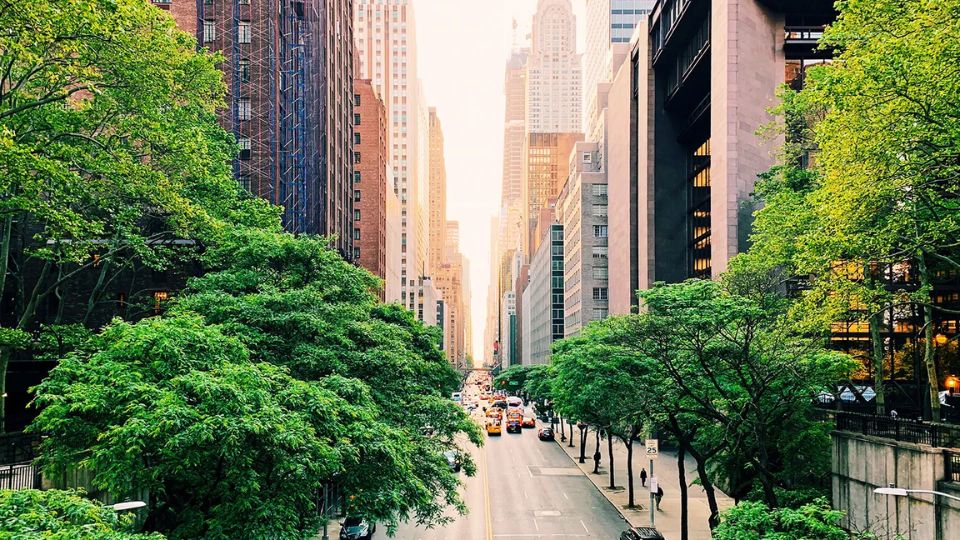When compared to communities in the United States that are mostly inhabited by people of color, urban neighborhoods that are primarily white tend to have a greater number of trees. According to a report that was published on April 8 in the journal npj Urban Sustainability, researchers have now established a connection between this injustice and a discrepancy in heat-related disease and death.
During the summer months, urban ecologist Rob McDonald of The Nature Conservancy and his colleagues discovered that communities with a majority of people of color have an average of eleven percent less tree cover than neighborhoods with a majority of white residents. Additionally, the air temperatures in these districts are approximately 0.2 degrees Celsius higher. The presence of trees in these communities has already prevented 442 unnecessary deaths and almost 85,000 visits to the doctor each year. Trees save approximately 200 more lives and avoid 30,000 more visits to the doctor in neighborhoods where the majority of the residents are white.
Steward Pickett, an urban ecologist at the Carey Institute of Ecosystem Studies in Millbrook, New York, thinks that the quality of the analysis is “really high,” despite the fact that the conclusions are not surprising.
An analysis was conducted by McDonald’s team to compare the data from the 2020 United States Census for 5,723 urban areas across the country with data on tree cover and heat-related mortality and morbidity for those locations. The statistics from the census includes 180 million people, which is approximately half of the total population of the United States. The number of persons living in neighborhoods with a majority white population and ones with a majority nonwhite population was roughly equal.
Also Read: 3 Men Are Sentenced to Life in Prison for Killing a Washington Family Over Drugs and Money
When shade is cast over concrete or asphalt, trees offer a cooling advantage that is especially beneficial during periods of intense heat waves (SN: 10/24/23). According to McDonald, who is headquartered in Basel, Switzerland, increasing the number of trees planted in regions that are in need of them might potentially save hundreds of lives.
At the most ambitious level, the team forecasts that planting 1.2 billion trees across the country might avoid approximately 460 additional fatalities attributable to heat and almost 81,000 fewer trips to the doctor each year. However, according to McDonald, even a five percent increase in the canopy cover that already exists may make a significant difference in locations such as Philadelphia or New York City. There are currently millions of trees in both of these cities. It is said that the areas that are most affected by tree inequality are also the areas that offer the best opportunity for new trees to be planted.
Previous research conducted by Pickett has demonstrated that designs for environmentally friendly infrastructure frequently fail to include the communities that stand to gain the most from them (SN: 2/6/23). According to him, ensuring that such communities have a vote in the process and are willing to manage both new and ancient trees would be enhanced by including inclusivity into the planning process.



Leave a Reply